By Louise Irvine
Mannequins have been a feature of WMODA exhibitions since A Flair for Fashion in 2014 when the museum began celebrating fashion and the Fired Arts. Initially, mannequins were just vehicles for displaying the creations of the designers. Now they have become works of art thanks to an initiative by the Daniel and Trudy Regan Foundation. Their mission to support artists in the New York area during the pandemic has expanded to include artists working with WMODA in South Florida.
New York
Daniel Regan was concerned about all the artists stuck in their studios during COVID-19 without any commissions or opportunities to exhibit their work. He acquired 30 mannequins from stores that were going out of business because of the pandemic and gave them to artists in his community. The artists, who ranged from amateur to professional, were invited to paint the mannequins in their own style with a view to exhibiting them when restrictions were lifted. Word spread and before long artists of all kinds were asking for mannequins to be delivered to them and stores such as Lord & Taylor helped Daniel Regan acquire more mannequins. Not only has the Regan Foundation inspired and sustained artists who have struggled through the pandemic, it is also “rescuing mannequins from the death sentence they received as store closings affected every town in America.” The “coming out” party for the first exhibition Art Reborn: 100 Mannequins will take place in New City, NY from October 8 to 10.
Florida
Meanwhile, in Florida, several artists associated with WMODA have begun working on mannequins donated by the Daniel and Trudy Regan Foundation. Daniel and Trudy discovered our museum during their stay in Florida earlier this year and became regular visitors to the museum. They enjoyed the exhibitions and supported the artists with their purchases in the Studio Collection and museum shop. Having seen all the costumed mannequins in our Carnival & Cabaret exhibition, they suggested a satellite version of their project. The WMODA mannequins will be a highlight of our Fashion and the Fired Arts event in the museum during Art Basel Miami from December 1-4.
WMODA Mannequins
As WMODA celebrates the Fired Arts, it was important for the Florida Mannequin Project to reflect the museum’s mission in some way. However, the artists were asked to reflect their own individual style as they reimagine their mannequin as a permanent work of art. Public artist, Lloyd Goradesky, is exploring the art of the heart in his kindness project Let LOVE Guide Your Way and is engineering miniature hearts for his mannequin. Our graphic designer, Lori Brown, is envisioning a Wedgwood-inspired design. Brazilian mosaic artist, Celina Lima, is bringing the Rio Carnival to life with her mannequin and creating an extravagant costume with glass mosaic at her studio in Hollywood. Miami glass artist, Rob Stern, is reinventing his suit of lights and mirrors, which was a homage to his mentor, Pino Signoretto, the late Murano glass sculptor who is represented at WMODA with his Chihuly collaborations.
Glass is also the chosen medium for Chelsea Rousso and the Glass Girls who are working on two mannequins. Chelsea is no stranger to mannequins from her career as a fashion designer in New York and as a teacher of dressmaking at the Art Institute of Fort Lauderdale. She has fused these talents with kiln-formed glass art which she parades at fashion runway shows. Several of her wearable glass bikini tops and corsets can be seen on the mannequins in the Carnival & Cabaret exhibition at WMODA along with her Mardi Gras masks. For the museum’s new project, Chelsea is collaborating with two of her glass class students, Anne Orvieto and Scherry Donato, whose glass art is also sold at WMODA.
Another mannequin is being designed by Tatiana Cochagne who studied fashion at the Art Institute of Fort Lauderdale and contributed a beautiful Elizabethan costume encrusted with pearls to the WMODA Flair for Fashion exhibit. In 2014, the AI students were given a Project Runway type challenge to create a gown made of the most basic fabrics such as muslin or burlap. By using these plain materials, the students were required to focus on the form of their design on the mannequin, rather than color, texture, or pattern.
Mannequins as Art
For centuries, the articulated human figure has been a tool for artists and designers as Jane Munro explains in her award-winning exhibition and book Silent Partners: Artists and Mannequins from Function to Fetish. From the early 1900s, shop window dummies aspired to be works of art in the hands of Pierre Imans. He trained at the waxworks museum in Paris but later distanced himself from what he described as grotesque figures. His sophisticated mannequins were made of wax with human hair, glass eyes, and porcelain teeth and were sometimes modeled after famous people such as Josephine Baker. Beautiful fashion mannequins were made in the roaring 20s and glamorous 30s by Siegel & Stockman in France. Founded in 1867, they continue to make mannequins and forms for couturiers, tailors, and shop windows all over the world. Shop mannequins have also inspired movies as in the 1987 romantic comedy where a young artist falls in love with his mannequin when it comes to life. The uncanny potential of the mannequin to come alive often haunts us when we turn a corner at WMODA!
Fashion & the Fired Arts
The goal of the Mannequins Project at WMODA is to make the museum and the decorative arts more visible in our community by using our new silent partners at fashion shows, art happenings, and outdoor exhibits. The idea has parallels in public art projects, such as the Cow Parade which started in Chicago in 1999 and evolved into fund-raising projects in many other cities. Instead of painting custom-made resin or fiberglass sculptures, the Regans upcycled obsolete fashion mannequins and inspired artists to honor the human form with themes of Strength, Hope, and Love in times of adversity.
Read more...

Celina Lima working on her mannequin

Regan Foundation Strength

Regan Foundation Mannequins
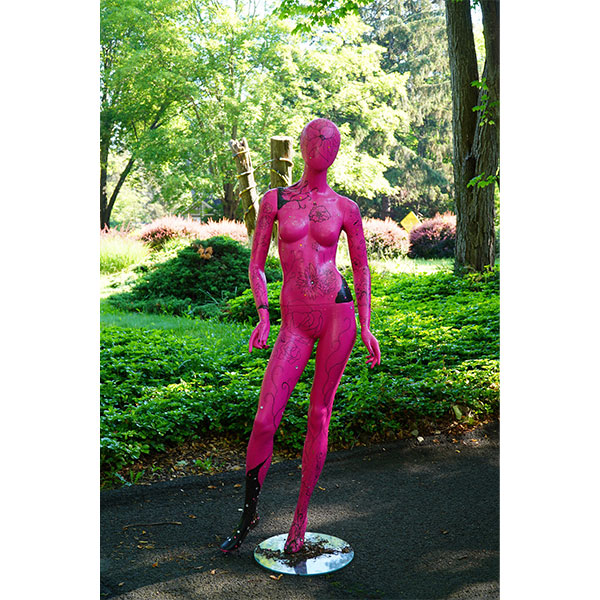
Regan Foundation Mannequins

Regan Foundation Love NY
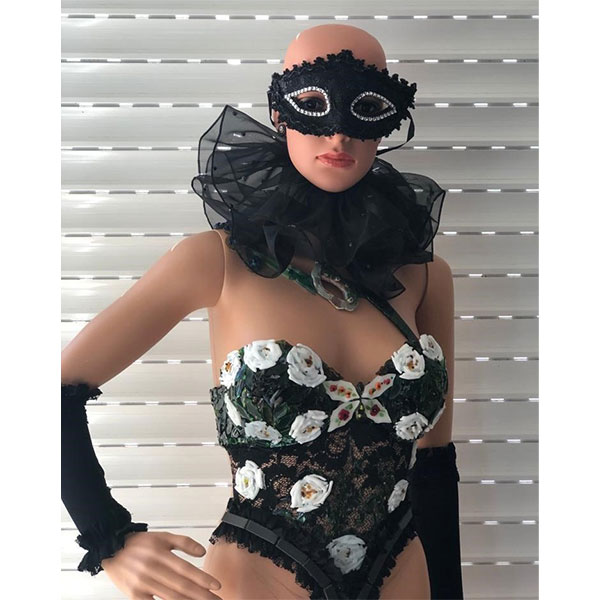
Celina Lima’s glass mosaic mannequin

Celina Lima’s glass mosaic mannequin
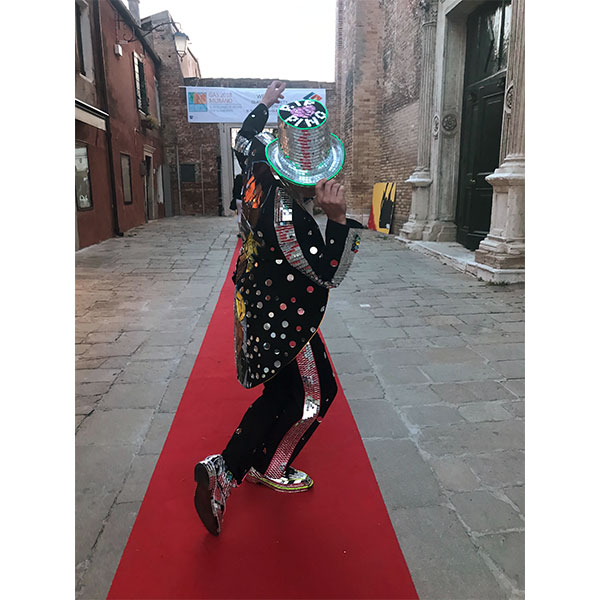
Rob Stern Pino Clown Suit

Rob Stern Pino Clown Suit

Pino Signoretto with one of his glass clowns
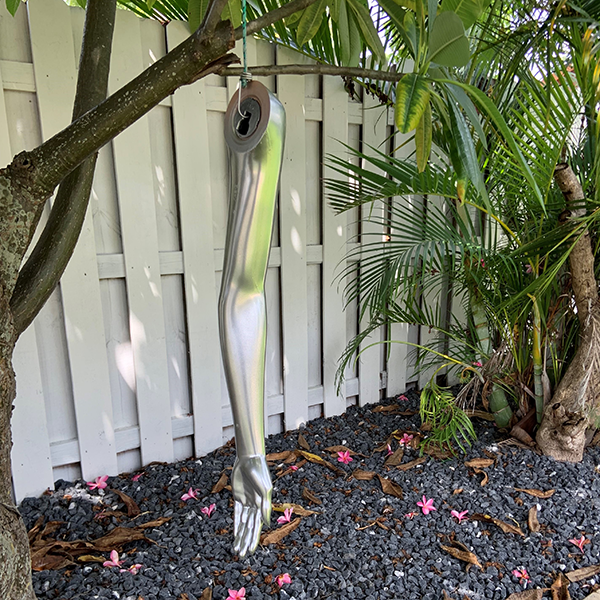
Chelsea Rousso's mannequin being sprayed silver

Shattered glass for Chelsea's manniquin
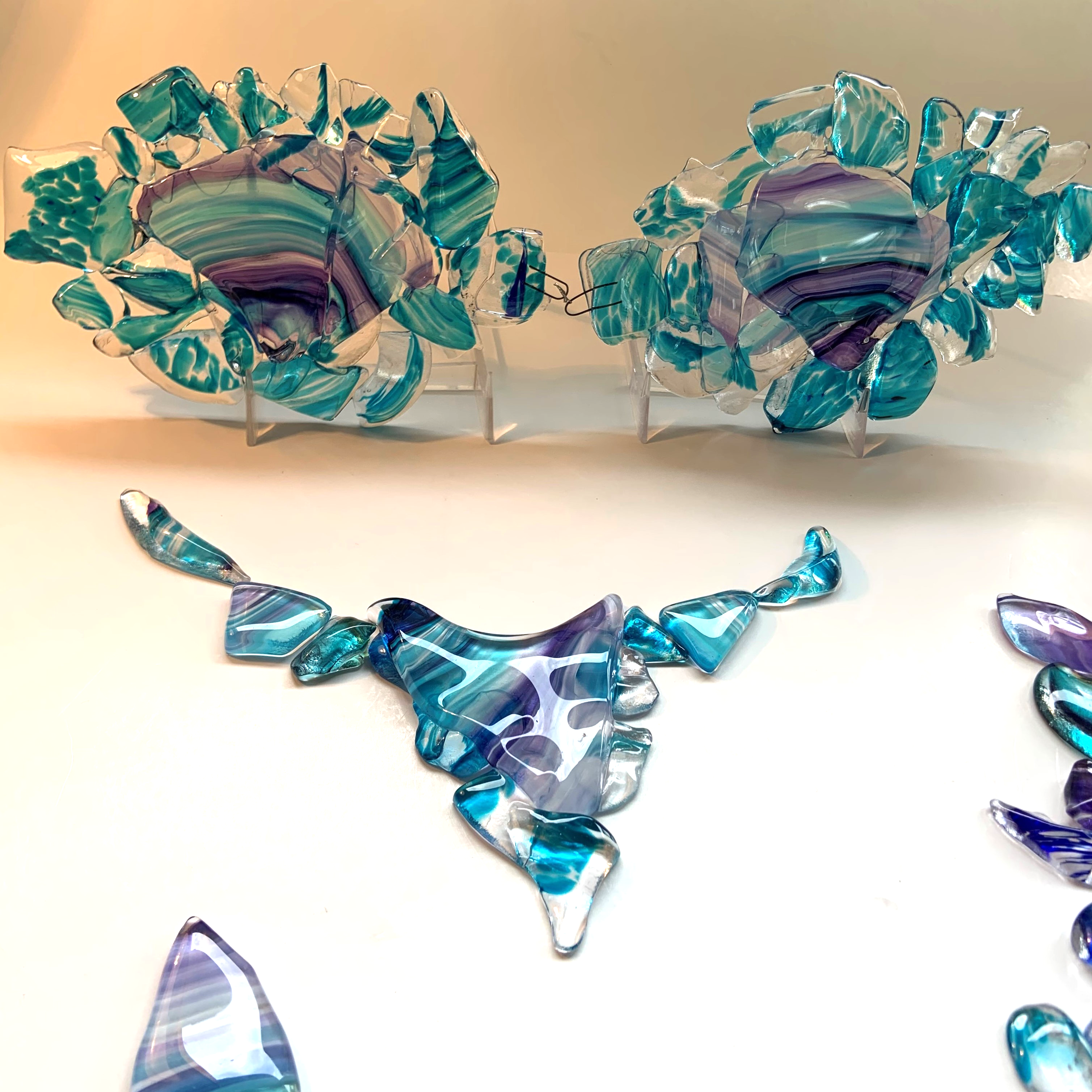
Chelsea Rousso Glasskini in progress
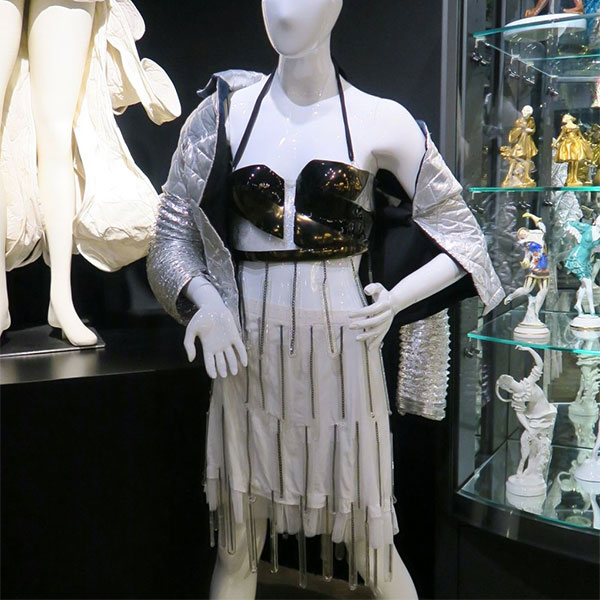
Test Tube Baby Glass Corset by Chelsea Rousso
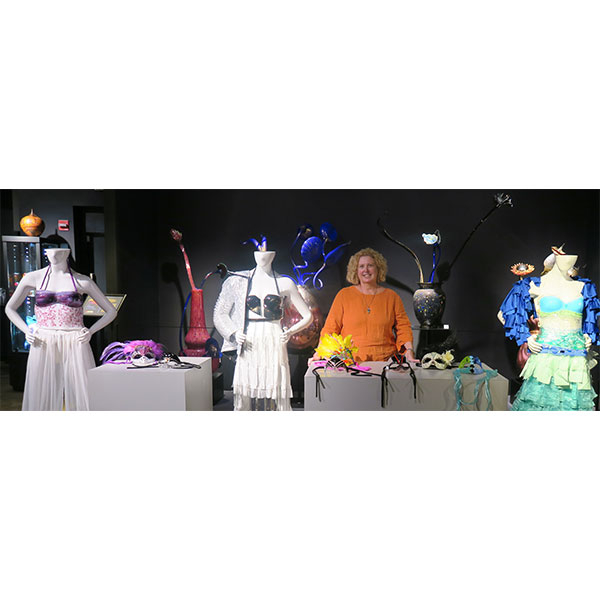
Chelsea Rousso
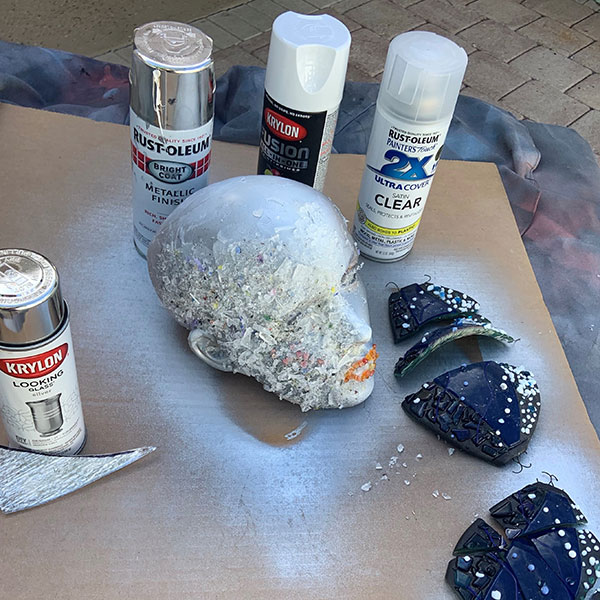
Chelsea Rousso mannequin test
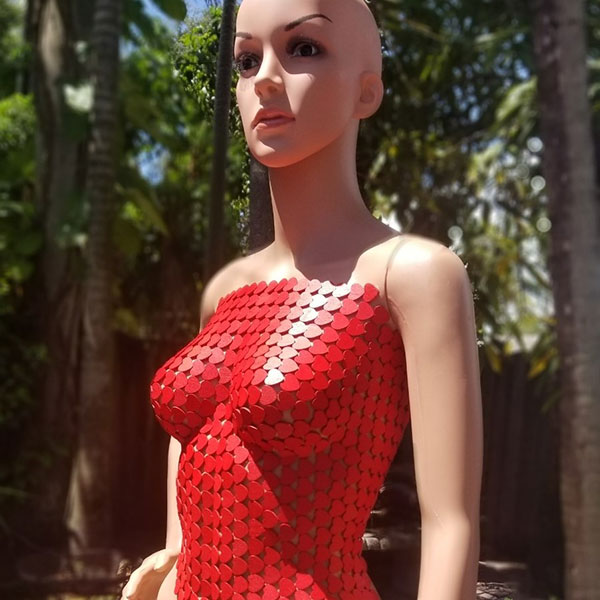
Let Love Guide Your Way mannequin by L. Goradesky

Let Love Guide Your Way mannequin by L. Goradesky

Let Love Guide Your Way mannequin in progress by L. Goradesky
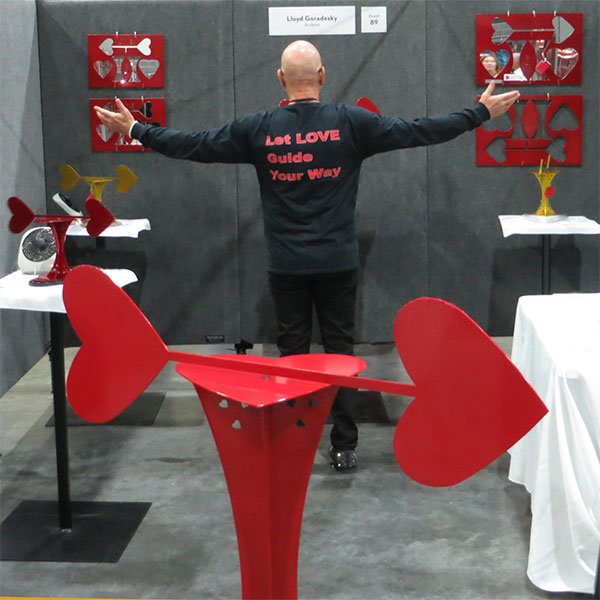
Lloyd Goradesky
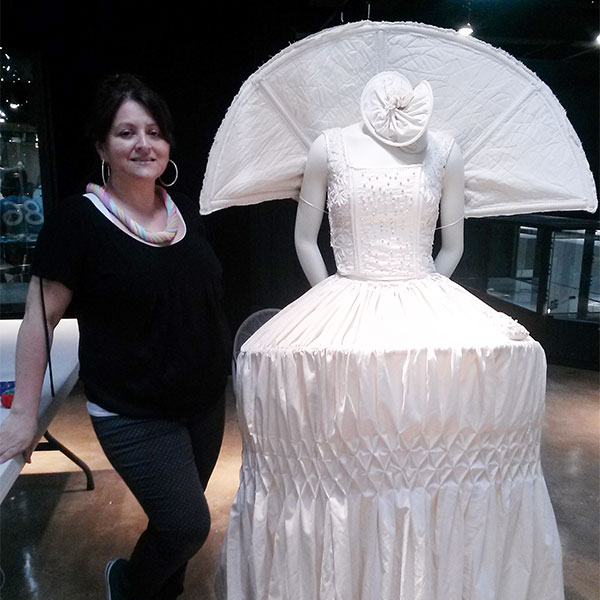
Tatiana Cochagne
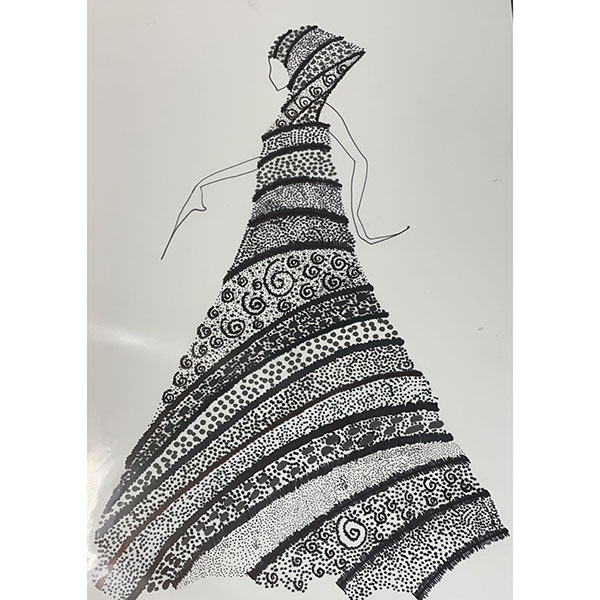
Mannequin design by T. Cochagne

Mannequin design by T. Cochagne
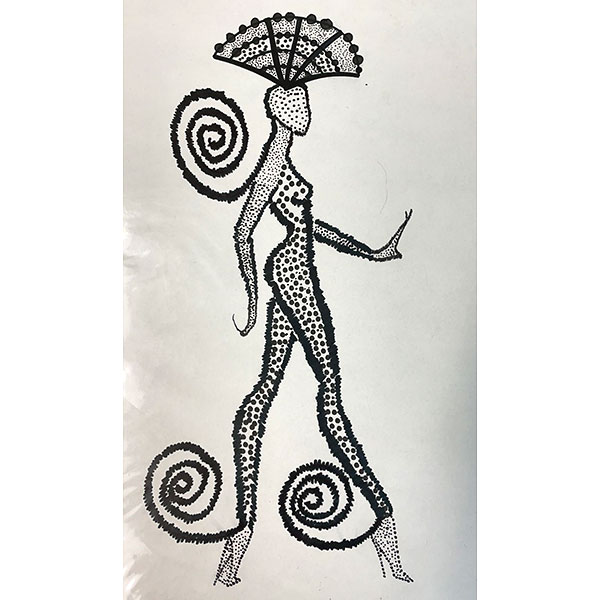
Mannequin design by T. Cochagne

Mannequin design by T. Cochagne

Inspiration for mannequin for T. Cochagne
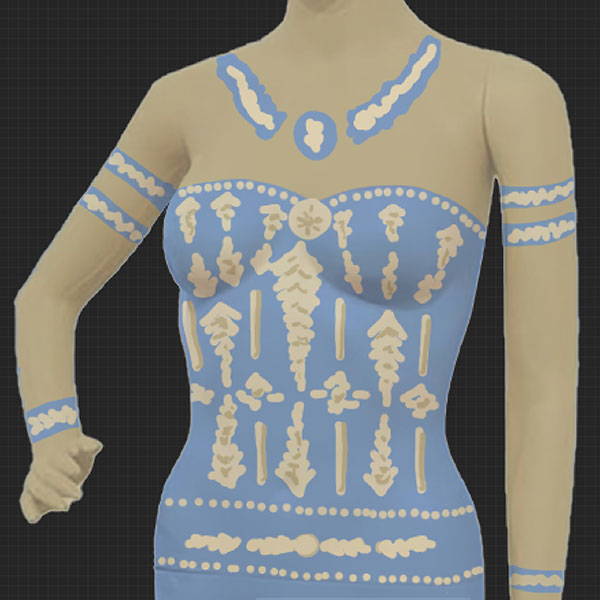
Wedgwood inspired mannequin design by L. Brown
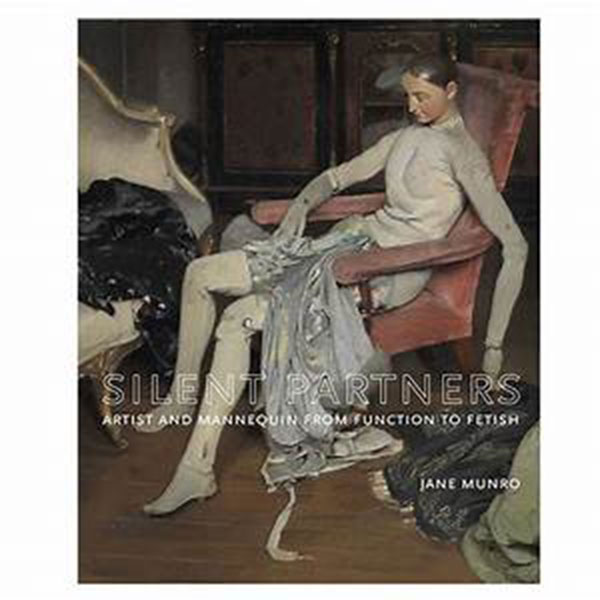
Silent Partners by J. Munro

Josephine Baker Mannequin by P. Imans

Mannequin head by P. Imans
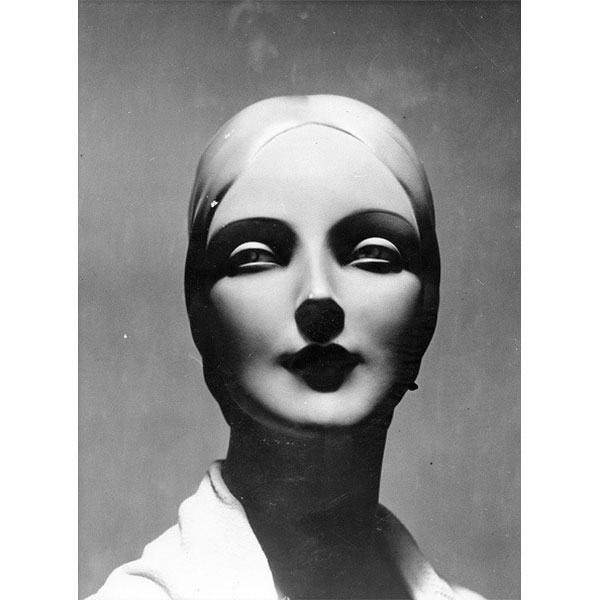
Mannequin head by Siegel & Stockman

Mannequin movie
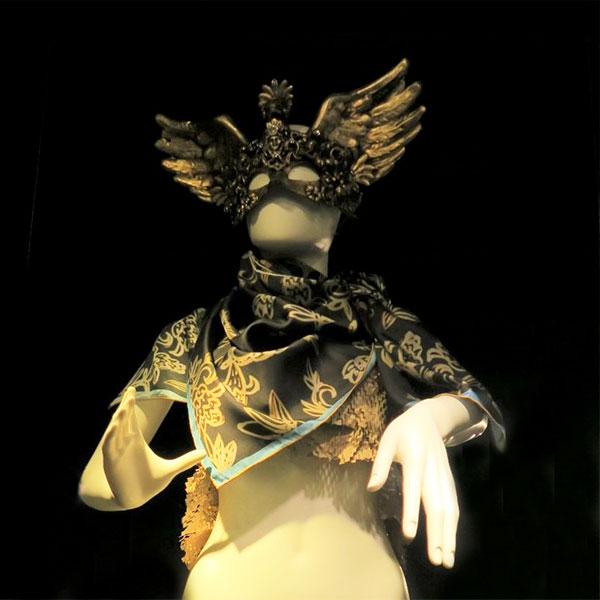
Mannequin with Balocoloc Mask
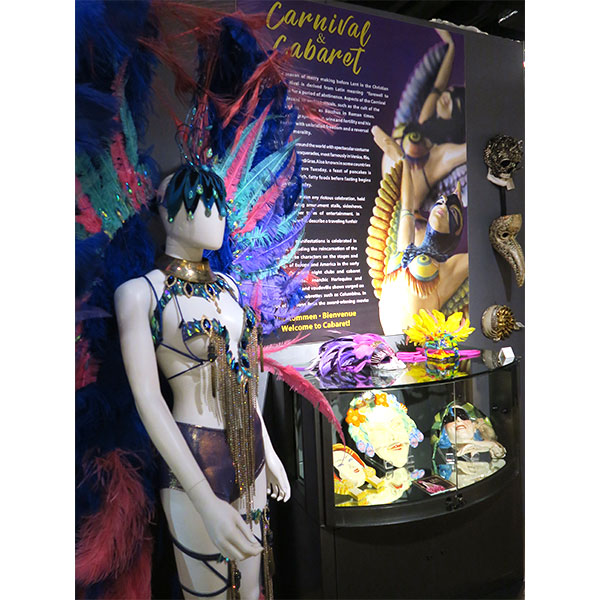
Carnival costume @ WMODA

Pauline Trigère dress
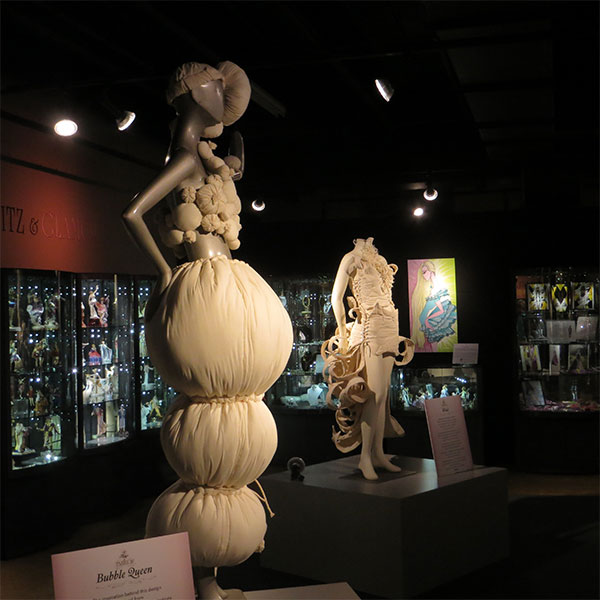
Bubble Queen and Wind at Flair for Fashion exhibit

Wind by Danielle Campaniello
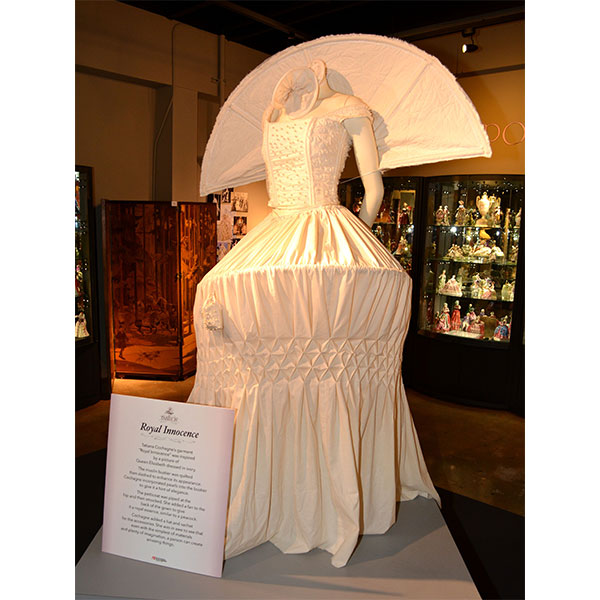
Royal Innocence by Tatiana Cochagne
